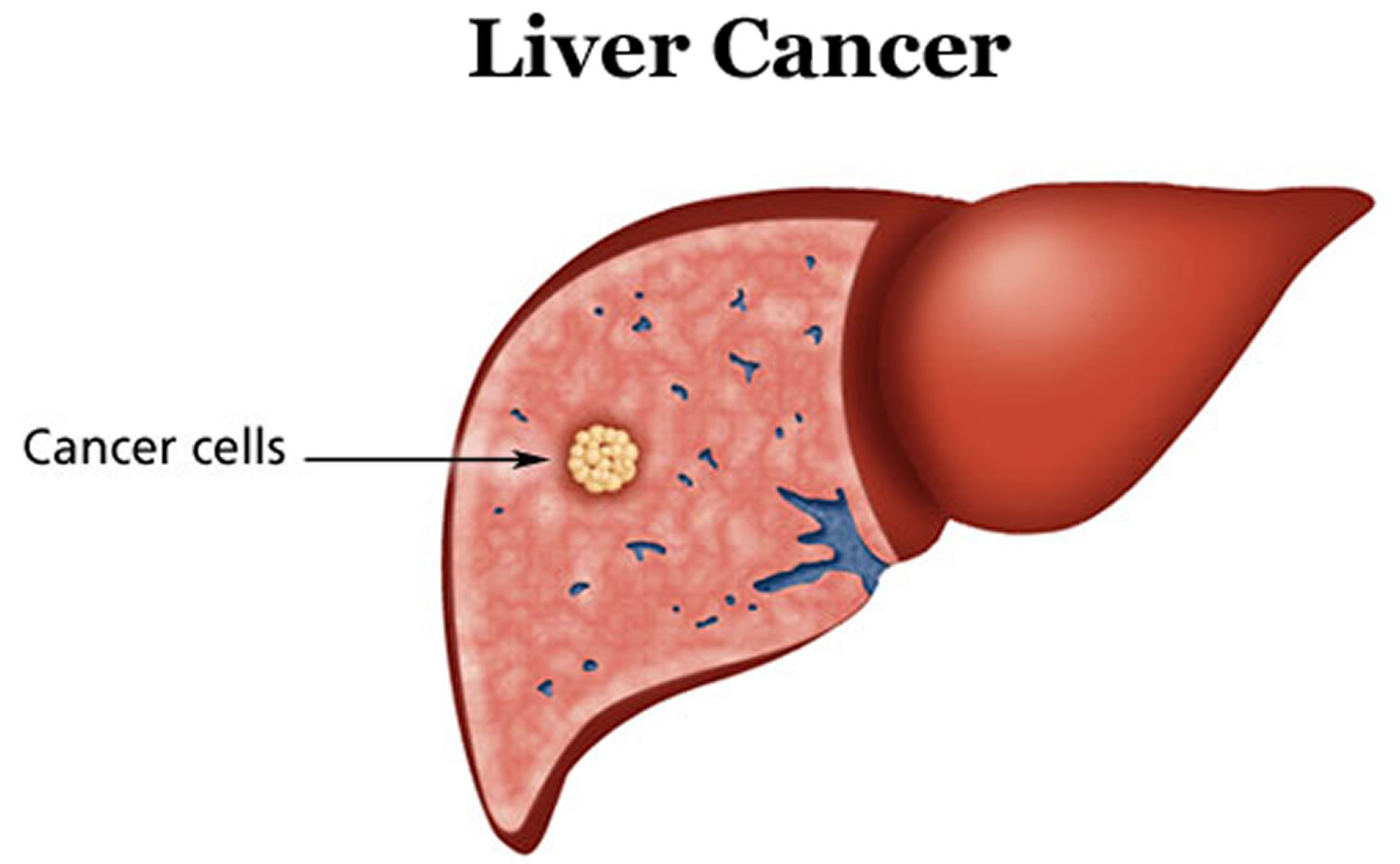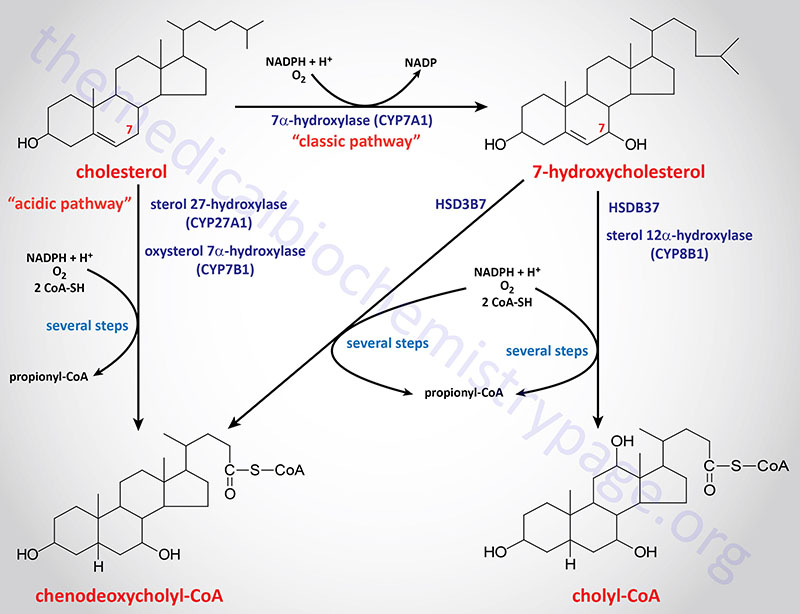Liver cancer is an increasingly concerning health issue, particularly in the form of hepatocellular carcinoma (HCC), which is the most prevalent subtype affecting individuals worldwide. Recent research highlights a significant relationship between bile imbalance and liver cancer, suggesting that disruptions in bile acid regulation may play a crucial role in the onset of this deadly disease. The intricate interplay of bile acids, regulated by the FXR receptor, is essential for maintaining liver health, and disturbances in this balance can lead to serious complications, including inflammation and fibrosis. Furthermore, researchers are uncovering how the YAP protein acts as a key modulator in the processes leading to liver cancer, potentially opening doors for innovative treatment pathways. As we delve deeper into the mechanisms behind liver cancer, understanding the roles played by bile acids and cellular signaling could pave the way for more effective therapeutic interventions.
Liver malignancies, particularly the most common type known as hepatocellular carcinoma (HCC), are becoming a pressing concern in global health discussions. The relationship between liver function and bile production is becoming increasingly evident, with a focus on how disturbances in bile acids can contribute to liver diseases. The FXR receptor is a vital player in maintaining bile acid equilibrium, and when its function is compromised, it can lead to serious consequences including cancer progression. Additionally, the YAP protein has emerged as an important factor affecting metabolic regulation, suggesting that targeted therapies could be developed to counteract its repressive effects. As research expands, understanding these interconnections will be crucial for developing new approaches to tackle liver cancer more effectively.
The Role of Bile Acids in Liver Health
Bile acids are vital components produced by the liver that serve multifaceted functions in maintaining digestive health and metabolic balance. They act as detergents, aiding in the breakdown and absorption of dietary fats in the small intestine. However, beyond their role in digestion, bile acids also exhibit hormone-like effects, influencing various metabolic processes throughout the body. A disruption in bile acid production and regulation, often termed bile imbalance, can lead to severe health complications, including liver diseases.
Studies have shown that an imbalance in bile acids can initiate the onset of liver conditions, contributing to inflammation, fibrosis, and ultimately, hepatocellular carcinoma (HCC), the predominant type of liver cancer. Through the regulation of bile acids, the liver maintains homeostasis, and any alteration in this delicate balance can have dire consequences on liver function and overall health.
Frequently Asked Questions
What role do bile acids play in the development of liver cancer?
Bile acids, produced by the liver, are crucial for digestion and also influence various metabolic processes. An imbalance in bile acids can lead to inflammation and injury in the liver, ultimately increasing the risk for hepatocellular carcinoma (HCC), the most common type of liver cancer.
How does bile imbalance affect the risk of hepatocellular carcinoma (HCC)?
Bile imbalance causes an accumulation of bile acids in the liver which can lead to fibrosis and inflammation. This chronic condition is a significant risk factor for developing hepatocellular carcinoma (HCC), as it disrupts normal liver function and cellular regulation.
What is the Hippo/YAP pathway and its significance in liver cancer?
The Hippo/YAP pathway is a critical signaling pathway that regulates cell growth and organ size. In the context of liver cancer, the YAP protein can promote tumor formation by disrupting bile acid metabolism, leading to excessive bile acid production that contributes to liver cancer development.
How does the FXR receptor relate to bile acid homeostasis and liver cancer?
The FXR (Farnesoid X receptor) is vital for maintaining bile acid homeostasis. When the YAP protein disrupts FXR function, it results in an overload of bile acids, promoting liver inflammation and fibrosis, thereby increasing the risk of liver cancer.
What potential treatments are being explored for liver cancer linked to bile acid imbalances?
Research has indicated that enhancing FXR function or increasing bile acid excretion could mitigate the damaging effects of bile acid buildup in the liver. These approaches may lead to new pharmacological interventions to combat liver cancer driven by bile imbalances.
Are there any preventative measures against liver cancer related to bile acid metabolism?
Maintaining bile acid balance through diet and lifestyle can potentially reduce the risk of liver cancer. Additionally, understanding and targeting the YAP and FXR pathways may provide new strategies for preventing hepatocellular carcinoma (HCC) associated with bile acid imbalances.
| Key Point | Detail |
|---|---|
| Bile Imbalance | Link between bile acid imbalance and liver diseases, including hepatocellular carcinoma (HCC). |
| Molecular Switch Identified | Discovery of a key molecular switch regulating bile acids. Potential new interventions for liver cancer treatment. |
| Role of YAP | YAP (Yes-associated protein) promotes tumor formation and interferes with bile acid metabolism. |
| FXR Activation | Farnesoid X receptor (FXR) is essential for bile acid homeostasis; its suppression leads to liver damage and cancer. |
| Therapeutic Approaches | Potential treatments include enhancing FXR function or promoting bile acid excretion to reduce liver cancer progression. |
Summary
Liver cancer is a significant health concern, and recent research has shed new light on the factors contributing to its development. A critical finding is the link between bile acid imbalance and the onset of liver diseases, including hepatocellular carcinoma (HCC). By identifying a key molecular switch, researchers have unveiled potential therapeutic targets that could lead to innovative treatment options for liver cancer. This breakthrough emphasizes the importance of regulating bile acid metabolism and its implications in liver health.



